Calories Burned Calculator
Navigating the landscape of diet and nutrition can often be a confusing venture, particularly when it comes to understanding the metrics of calories in relation to your health. The ‘Calories Burned Calculator’ article is a comprehensive guide designed to assist you in gathering knowledge about the caloric content of various food items such as bananas, avocados, eggs, and chicken breast among others. This guide acts as a tool to answer questions like how many calories you need daily, how many are present in a pound, or how many can be burnt through specific exercises. It also advises how these factors influence your weight loss journey, ensuring a well-rounded understanding that empowers healthier dietary choices.
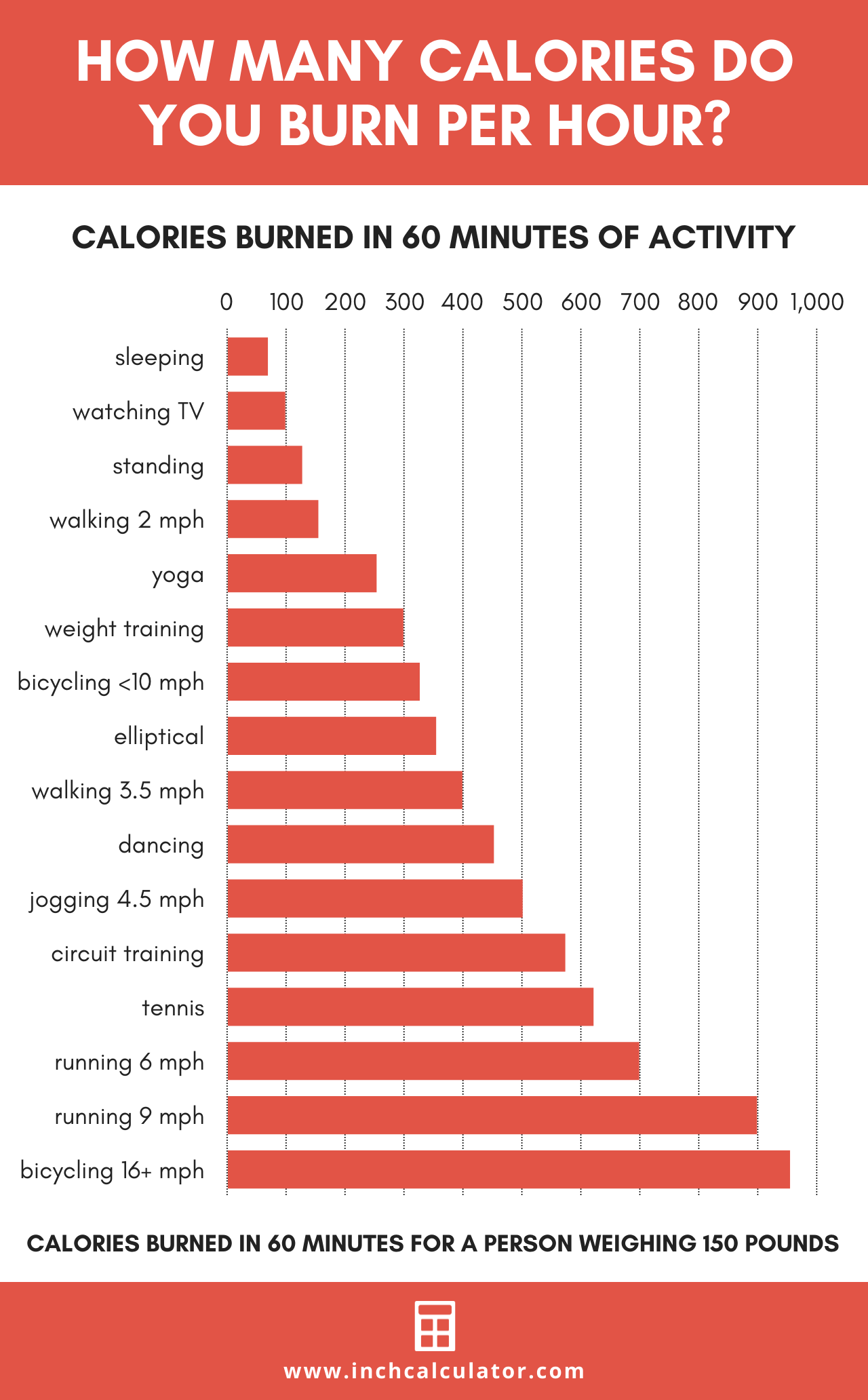
Understanding Calories
Definition of Calories
Calories refer to the unit of measurement which indicates the amount of energy a particular food or drink provides when consumed. When you refer to ‘calories’ in the context of diet and exercise, you’re typically speaking of ‘kilocalories’, which is what you see written on food labels.
Role of Calories in the Body
Calories play a vital role in the body. They fuel your bodies to perform basic functions – from supporting various physiological processes, like digestion and respiration, to physical activities such as walking and running. When you consume food or drink, your body converts the number of calories in them into energy, which is then stored or used.
Calculating Your Caloric Needs
Factors Affecting Your Caloric Needs
Several factors can influence the number of calories you need per day. These factors include your age, gender, body size, metabolism, level of physical activity, and overall health. For example, a young, active male may require more calories than an older, less active female.
General Caloric Intake Guidelines
The general guideline for average men is about 2,500 calories per day, and for average women, it’s approximately 2,000 calories per day. However, these are just averages, and individual needs may vary.
Using a Calorie Burned Calculator
A calorie burned calculator can help you determine the number of calories you burn daily based on various activities and workouts. This tool can also help estimate your total daily energy expenditure (TDEE), which takes into account your basal metabolic rate (BMR) and physical activity levels.
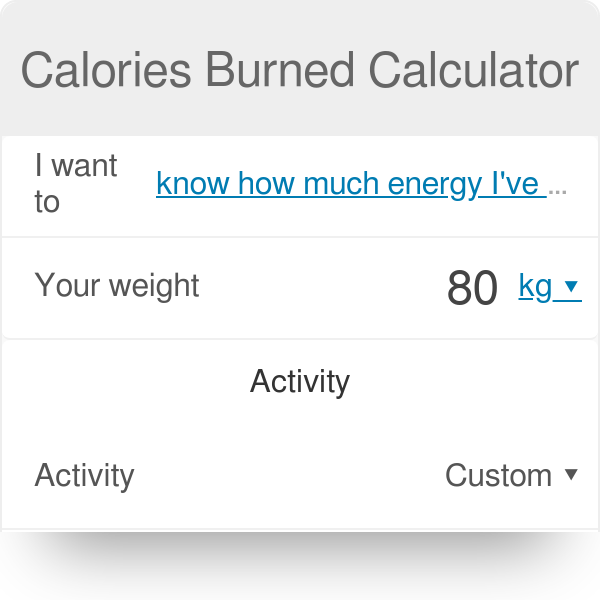
How Many Calories To Lose Weight
Calories In Vs Calories Out Theory
The calories in, calories out theory focuses on the idea that to lose weight, you need to create a calorie deficit by consuming fewer calories than you burn.
Determining Your Weight Loss Calories
To determine the number of calories you should consume in a day to lose weight, use a calorie need calculator. Subtract around 500 calories from your daily caloric needs to lose around 1 pound per week.
Adjusting Your Calories for Weight Loss
Adjusting your calories for weight loss involves consuming fewer calories than you burn or increasing your activities to burn more calories. It is crucial, however, not to create an overly aggressive calorie deficit to avoid negative effects on your health.
Calories in Various Foods
Calories in Fruits Like Apple, Avocado, Banana, and Orange
An apple has around 95 calories, an avocado approximately 234 calories, a banana about 105 calories, and an orange about 62 calories.
Calories in Eggs
A large egg typically contains about 70-80 calories.
Calories in Chicken Breast
Each serving of skinless, boneless chicken breast has around 165 calories.
Calories in a Big Mac
A typical Big Mac from McDonald’s has approximately 540 calories.
Calories in Grains Like a Cup of Rice
Regular cooked brown rice contains around 216 calories, while a cup of white rice can contain approximately 205 calories.
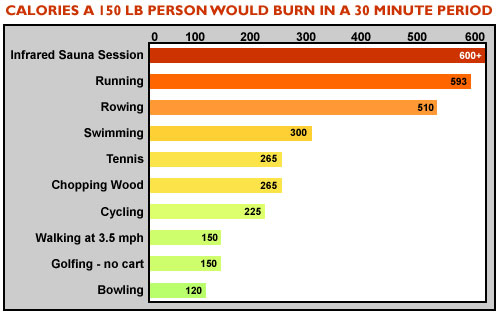
Exercise and Calorie Burn
How Exercise Burns Calories
Exercise helps burn calories by increasing your heart rate and causing your body to use more energy. The type, intensity, and duration of the exercise will determine the amount of calories burned.
What Exercise Burns the Most Calories
High-intensity interval training (HIIT), running, and activities like swimming and cycling tend to burn the most calories.
Calories Burned Walking a Mile
Walking tends to burn around 80-100 calories per mile, but can vary based on your weight and walking speed.
Using a Calories Burned Calculator
A calories burned calculator can estimate how many calories you burn during specific types of exercise, such as running, swimming, cycling, or weight lifting.
Tracking Your Caloric Intake and Burn
Keeping a Food Diary
Keeping a food diary can help in tracking the calories you consume each day. Record your meal portions and the calorie content for accountability.
Using Tracking Tools and Apps
Several mobile apps and websites can help track your calorie intake and expenditure, making it easier to manage your daily food choices and workout routines.
Benefits of Monitoring Your Calories
Monitoring your calories can provide insight into your eating habits and can be a useful tool for managing your weight. It can also help you understand how your diet impacts your health and fitness goals.
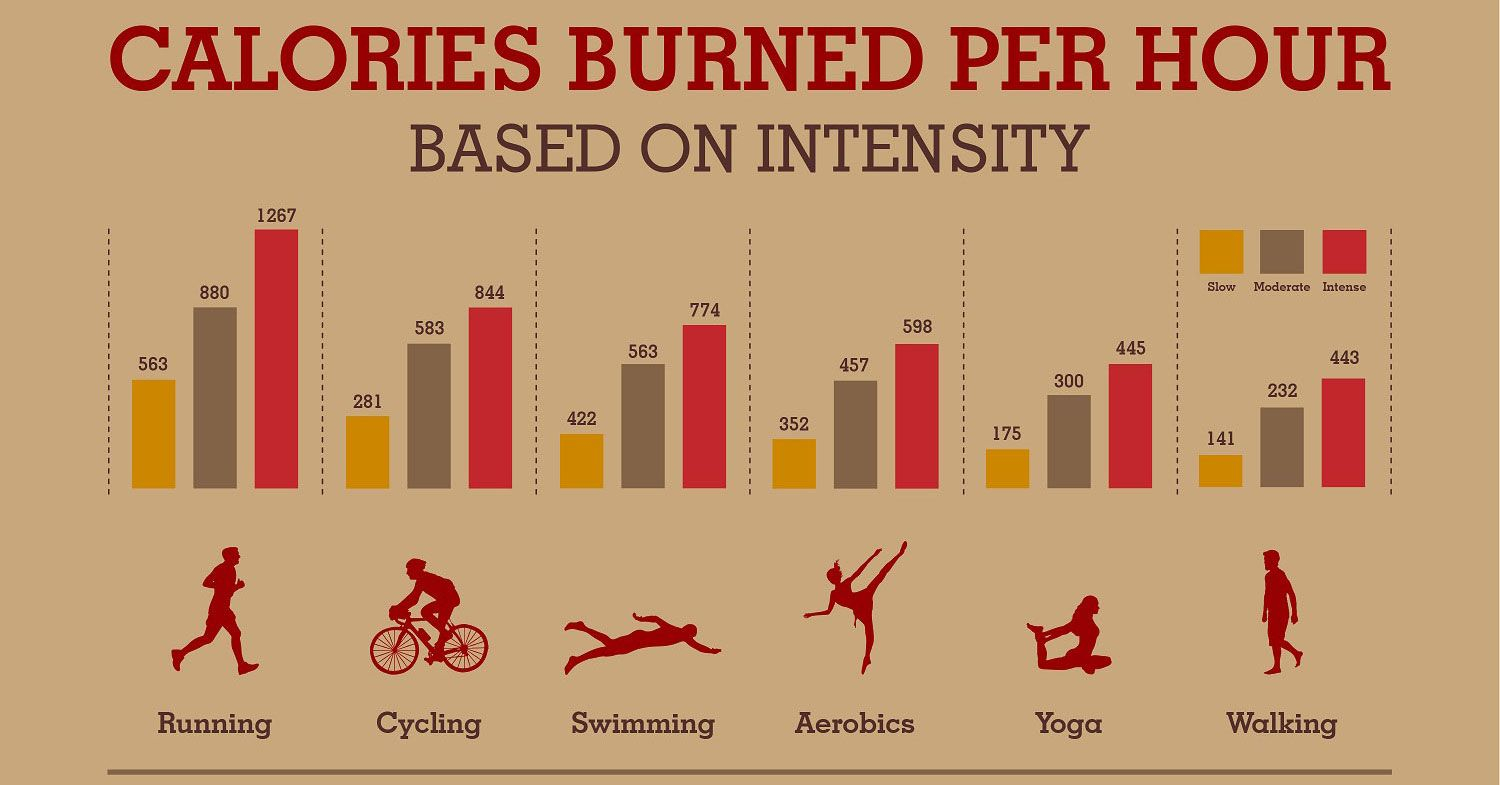
Calories and Alcohol
Calories in Alcoholic Beverages
alcoholic beverages also contain calories — beer averages around 150 calories per can, wine has around 120 calories per glass, and distilled spirits like vodka typically contain approximately 100 calories per shot.
Impact of Alcohol on Weight and Health
Alcohol not only contains empty calories but can also lead to weight gain and hamper your weight loss efforts. Alcohol also impacts your physical and mental health, including liver damage and depression.
Calories in a Shot of Vodka
A standard 1.5-ounce shot of vodka contains around 97 calories.
Low-Calorie Foods for Weight Loss
List of Low-Calorie Foods
Low-calorie foods include vegetables like cucumbers, zucchini, and leafy greens; fruits such as strawberries, watermelon and oranges; and lean proteins including chicken breast and eggs.
Benefits of Consuming Low-Calorie Foods
Low-calorie foods can help you lose or maintain your weight. They are typically high in nutrients and fiber, which can help you feel full and satisfied without consuming many calories.
Using These Foods in Your Diet
Including low-calorie foods in your diet can keep your calorie intake down while still ensuring you feel satisfied and receive the nutrients your body needs.
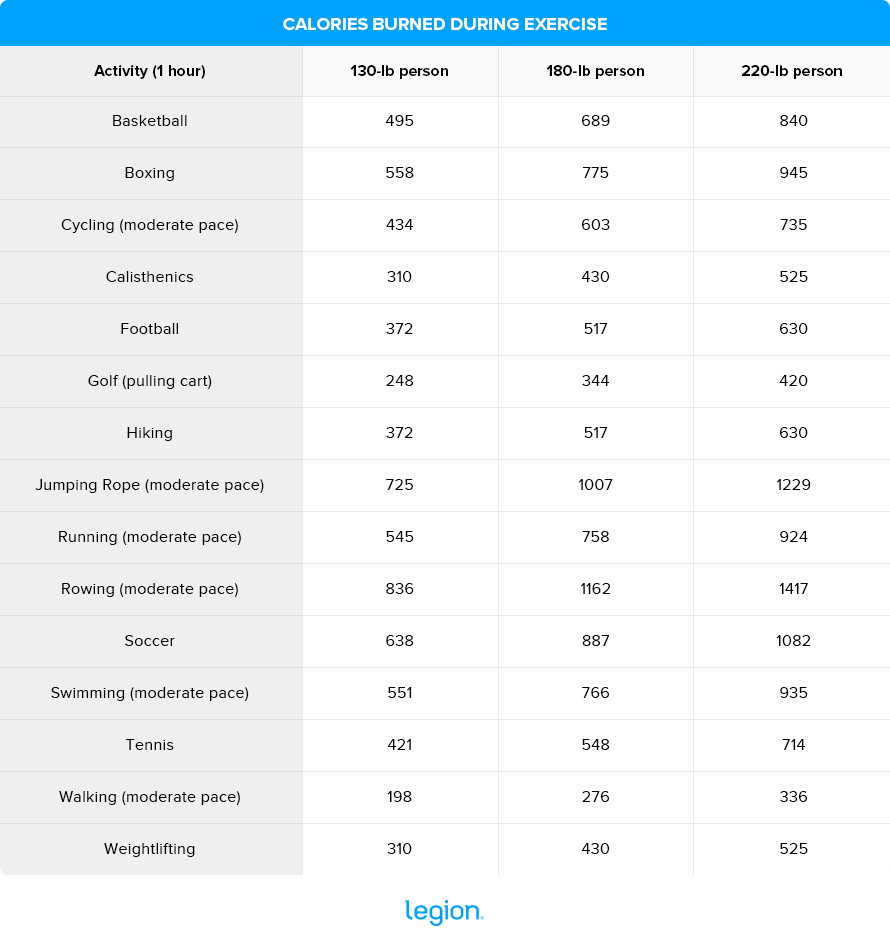
Understanding Caloric Density
What is Caloric Density
Caloric density is the number of calories in a given volume or weight of food. Foods with high caloric density have a lot of calories for their weight, while foods with low caloric density have fewer calories.
Using Caloric Density for Weight Loss
Choosing foods with low caloric density can help you feel fuller while consuming fewer calories, making it easier to reduce your overall calorie intake.
Examples of High and Low Caloric Density Foods
Foods high in caloric density include fatty cuts of meat and sweet treats like candy. On the other hand, foods like fruits, vegetables and lean proteins offer low caloric density.
Calories and Healthy Eating Habits
The Importance of a Balanced Diet
A balanced diet is key in maintaining a healthy weight and promoting overall well-being. It should provide the right amount of calories and nutrients that your body needs based on your individual lifestyle and goals.
How to Create a Caloric Deficit Without Deprivation
Creating a caloric deficit doesn’t have to involve starving yourself. It’s healthier to reduce your calorie intake by making smart food choices, such as opting for low-calorie, nutrient-dense foods, and increasing physical activity.
Healthy Eating Habits and Portion Control
Healthy eating habits include eating a variety of foods, aiming for balance, and practicing portion control. Consuming the right portion sizes for different foods can help manage calorie intake and maintain a healthy weight.

